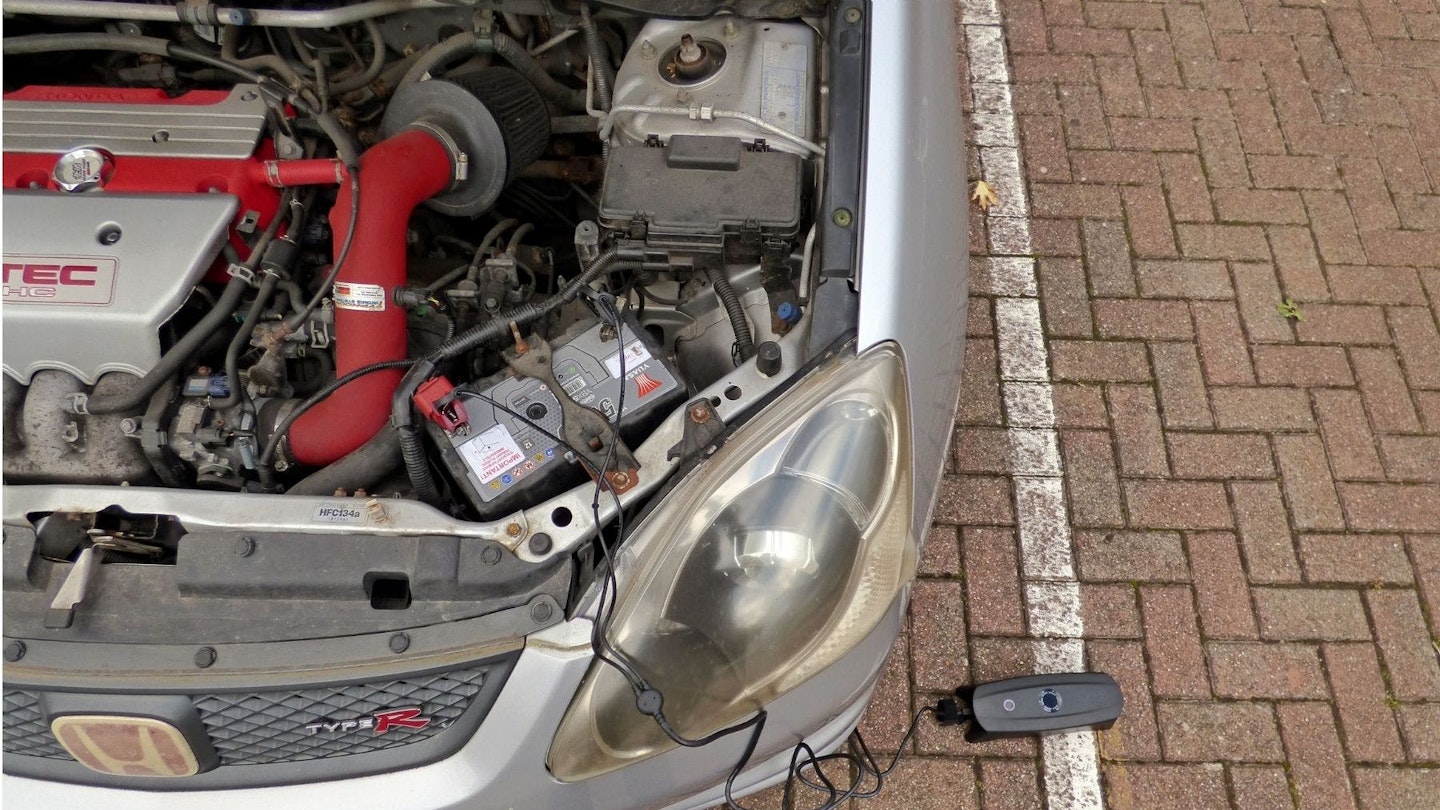If prevention is the best medicine, buying the best battery charger has to be better than relying on a jump start from your neighbour should your car's battery go flat. All batteries can go flat, whether it's due to the lights being left on all night or just failing due to age.
There are many different types of battery chargers available, all designed to do different things to your battery. The most obvious is the portable jump starter, effectively a brick of electricity designed to get a completely dead car battery going in a few seconds, but that represents just one of the battery chargers you can purchase.
Alternatively, if you own a cherished but little-driven classic that spends most of its life indoors, a trickle charger will be all that's needed to keep you on the road.
The best battery chargers shortlist:
Editor's choice: CTEK 2005 Portable Charger - Buy now from Amazon UK
Best battery trickle charger: AA 12 V Car Solar Battery Trickle Charger - Buy now from Amazon UK
Best big engine jump starter: GOOLOO GT3000 Jump Starter - Buy now from Amazon UK
We've been hard at work looking for our favourite battery chargers, examining them on performance, price, versatility and usability. Car battery chargers are on hand to recharge and, in some cases, recondition your battery, and we have the best examples for 2023.
The best battery chargers in detail:
Get 36% off
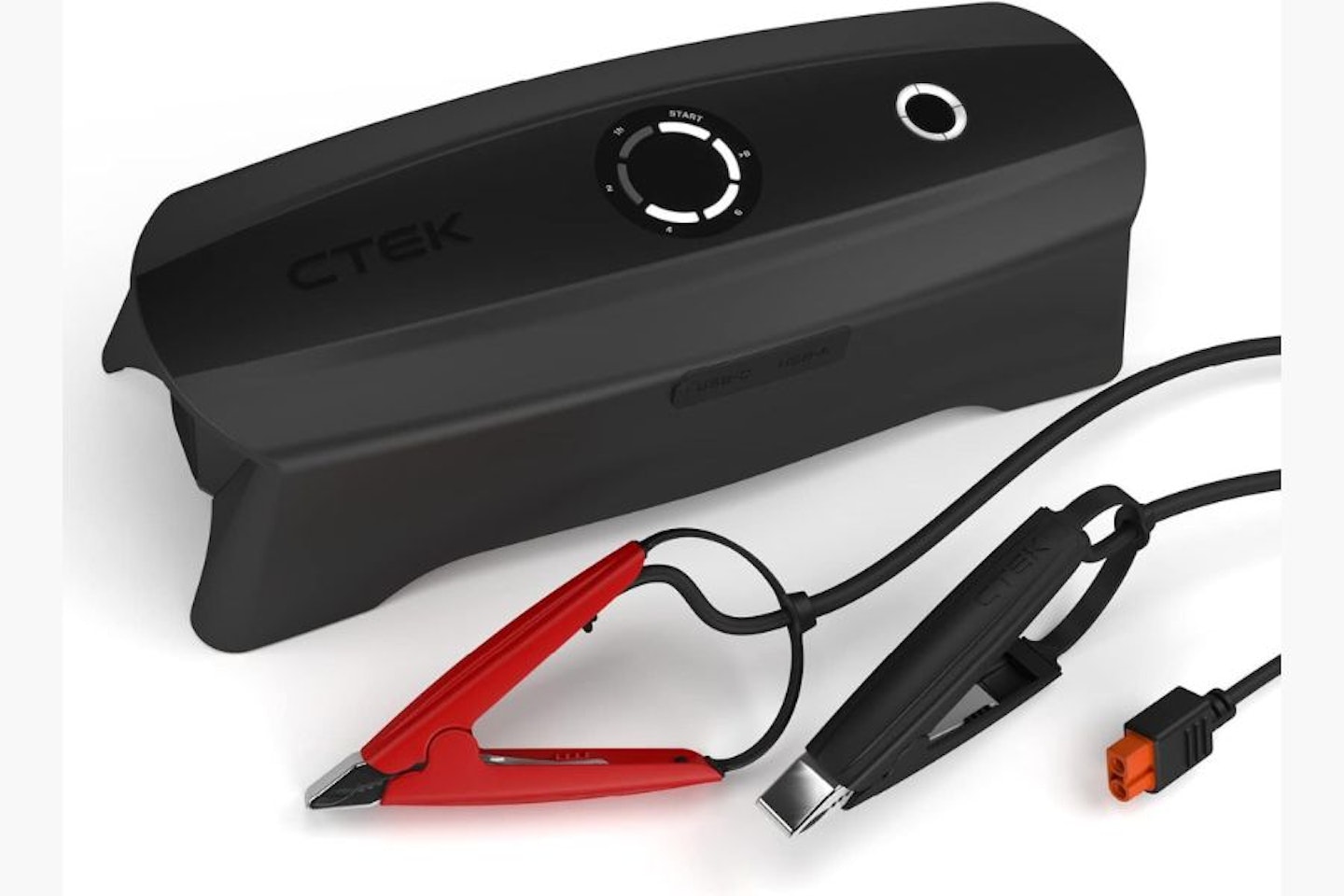 Via CTEK
Via CTEKWhile most battery chargers will do one thing exceptionally well, this portable option from CTEK works well as a battery charger, trickle charger and slow battery booster. Its primary function is as a standard battery charger, ensuring the battery is topped up with electricity before intelligently swapping over to trickle charging. There's even an optional solar panel that'll mean you'll be able to go fully off-grid while ensuring the battery can be topped up. While the 'adaptive boost' jump-starting won't be as quick as a dedicated battery booster, it will get your engine going again.
See our full CTEK 2005 CS FREE review
Pros
- Exceptional versatility
- The only thing you'll need for battery care
Cons
- Not a quick jump starter
| Dimensions | 249 x 991 x 787 mm |
| Protection | IP54 |
| Weight | 1.36kg |
| Functions | Battery charger, trickle charger, adaptive battery booster, powerbank |
On sale
The CTEK MXS 5.0 was developed in Sweden and has been a reliable and best-selling charger for quite a while now.
Simple to use, reliable, and suitable for both cars and motorbikes. Once the MXS 5.0 is hooked up to your battery, the internal smarts get to work to condition and recharge the battery in the shortest time possible.In addition, once the battery is fully charged, the charger will maintain that by monitoring its voltage and topping it up as and when required so that the battery may be left connected to the charger indefinitely.
Pros
- Smart monitoring for optimum charge
- Compact design
Cons
- Not suitable for dead batteries
On sale
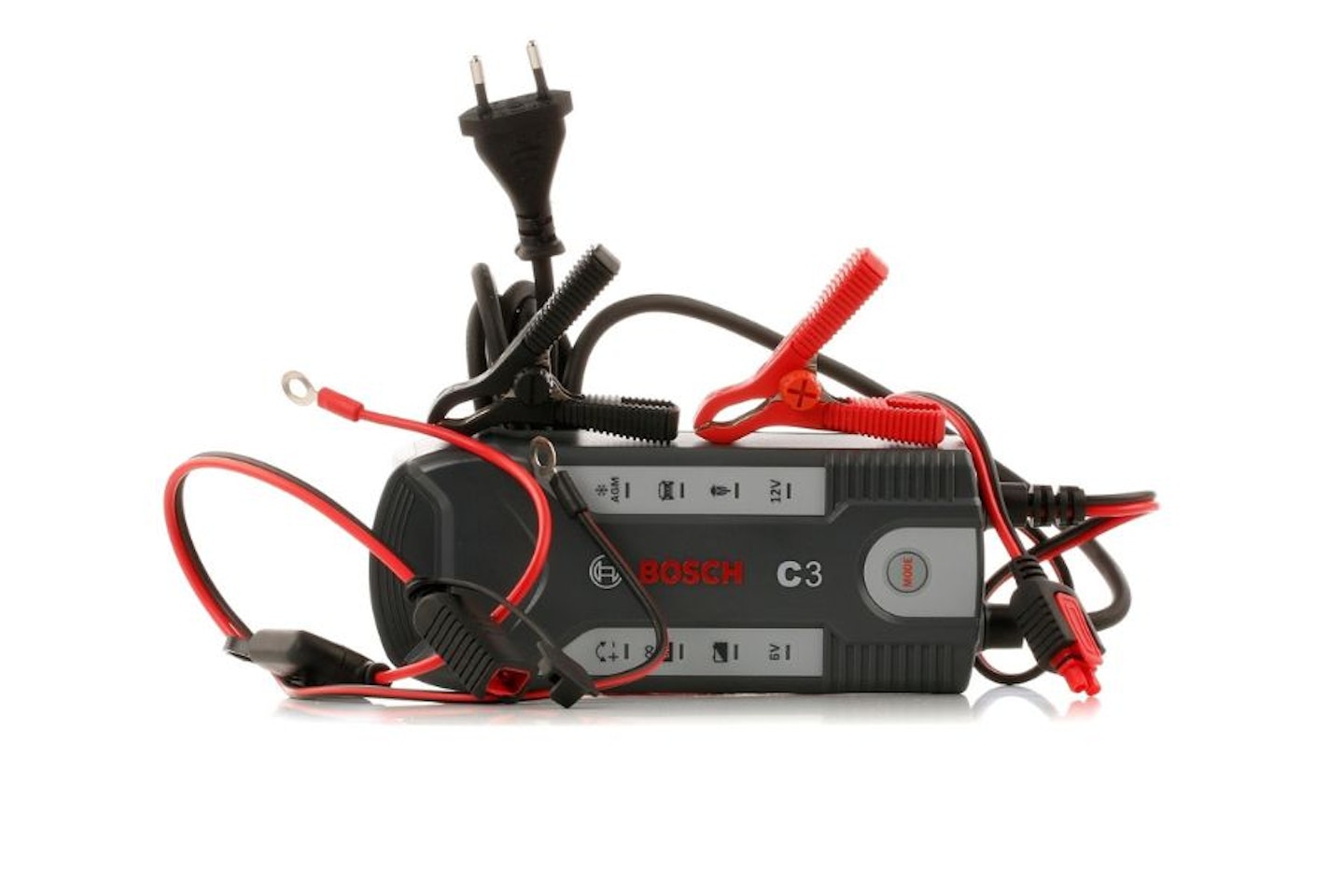 Via Bosch
Via Boschwww.autodoc.co.uk
Bosch has got most things covered here at a pretty good price, as the C3 will happily tackle most types of domestic lead-acid batteries. It's easy to use; just the press of one button will get things charging, and the device will automatically adapt to provide the optimal charge level.
It's the ideal solution for vehicles on a winter break, like a camper van or motorbike, and the safety protection and automatic shutdown features will prevent any problems with overheating or short circuits.
Pros
- Good value
- Automatic charge control
Cons
- Needs mains power
The best portable jump starter
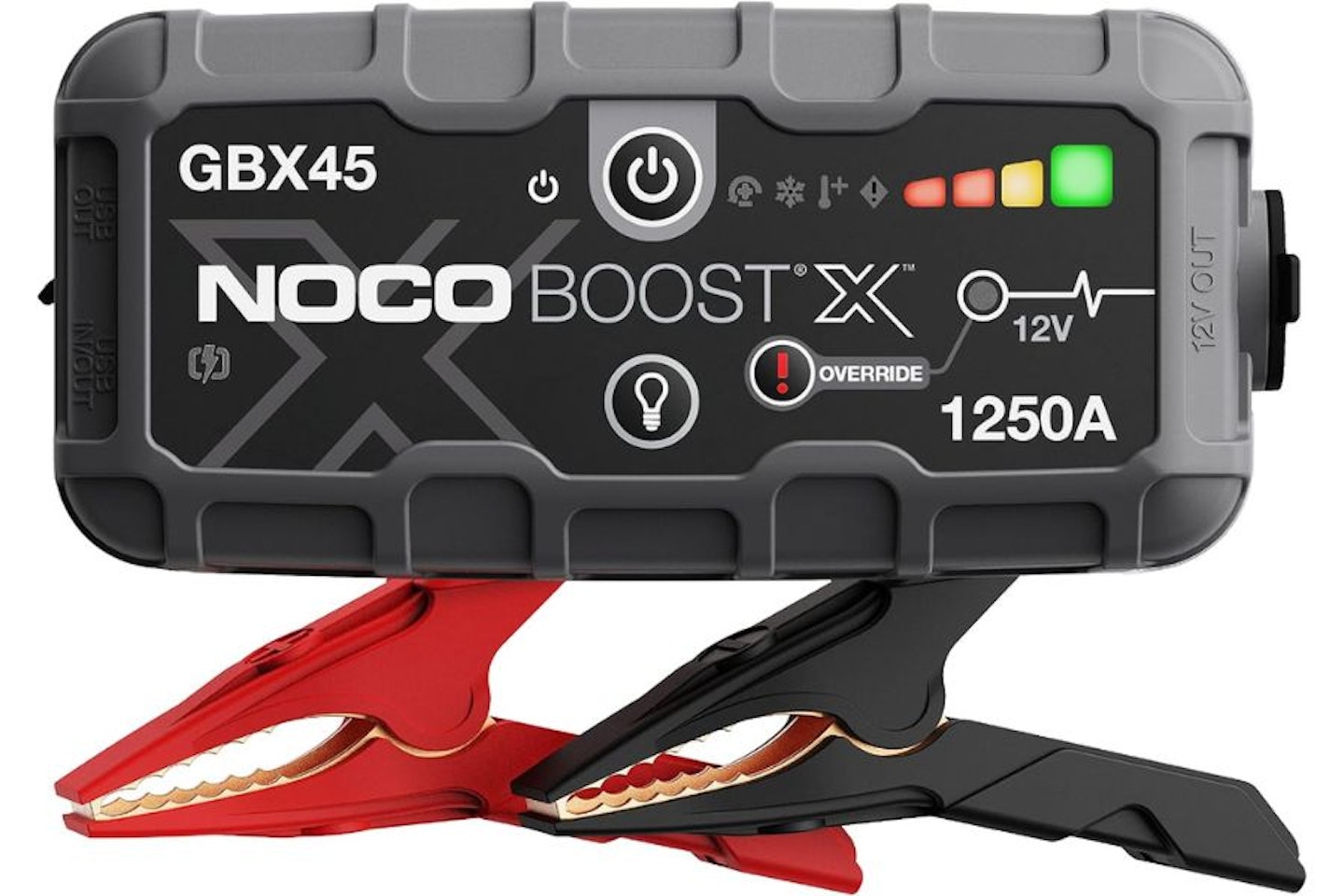 Via NOCO
Via NOCODelivers 1250 amps. Suitable for use on petrol engines up to 6.0-litres and 4.0-litre diesel. The GBX45 is recharged via USB and can also act as a power bank, and features an LED flashlight. Very light at 0.59 kilograms.
If you're sticking to a workshop or garage environment, booster packs like the Hyundai powerpack are more robust and can be used many times, and often include extra features such as compressors for tyre inflation, inverters or emergency lights. They also have solid clamps and cabling to ensure a long working life. See the offer below.
Pros
- Exceptional battery-boosting abilities
- Useful secondary features
Cons
- Overkill for a small engined car
On sale
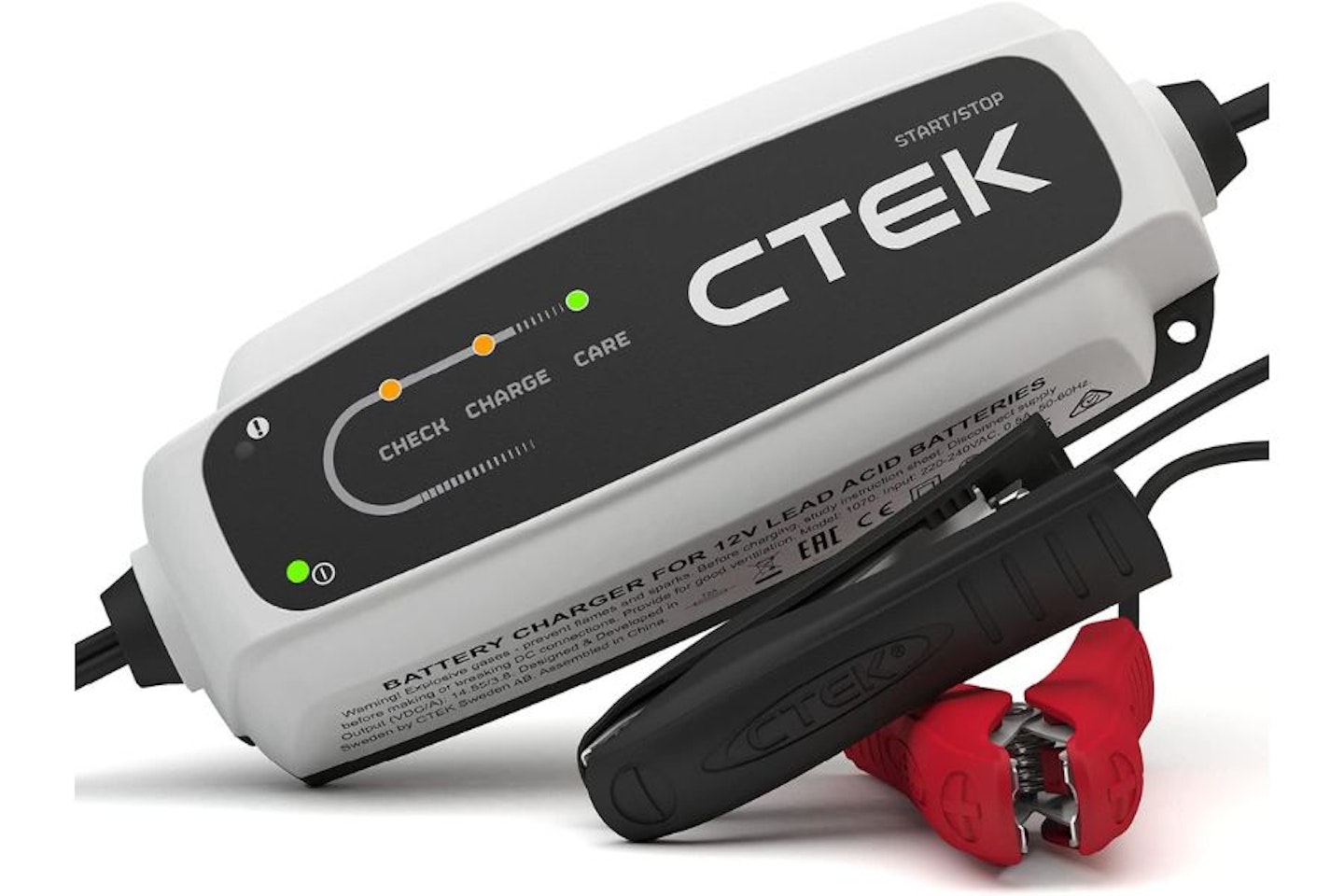 Via CTEK
Via CTEKDesigned specifically for use with cars with a start/stop function. This technology can put quite a bit of additional strain on the battery. The CTEK CT5 Start/Stop charger is recommended to be used once per month to mitigate the extra effort - particularly for owners who mainly undertake short trips.
The charger is straightforward to use - just hook up the battery, plug in the charger unit to the mains socket and leave it to its thing.
Pros
- Ideal for stop/start batteries
- Easy to use
Cons
- No fast charge facility
On sale
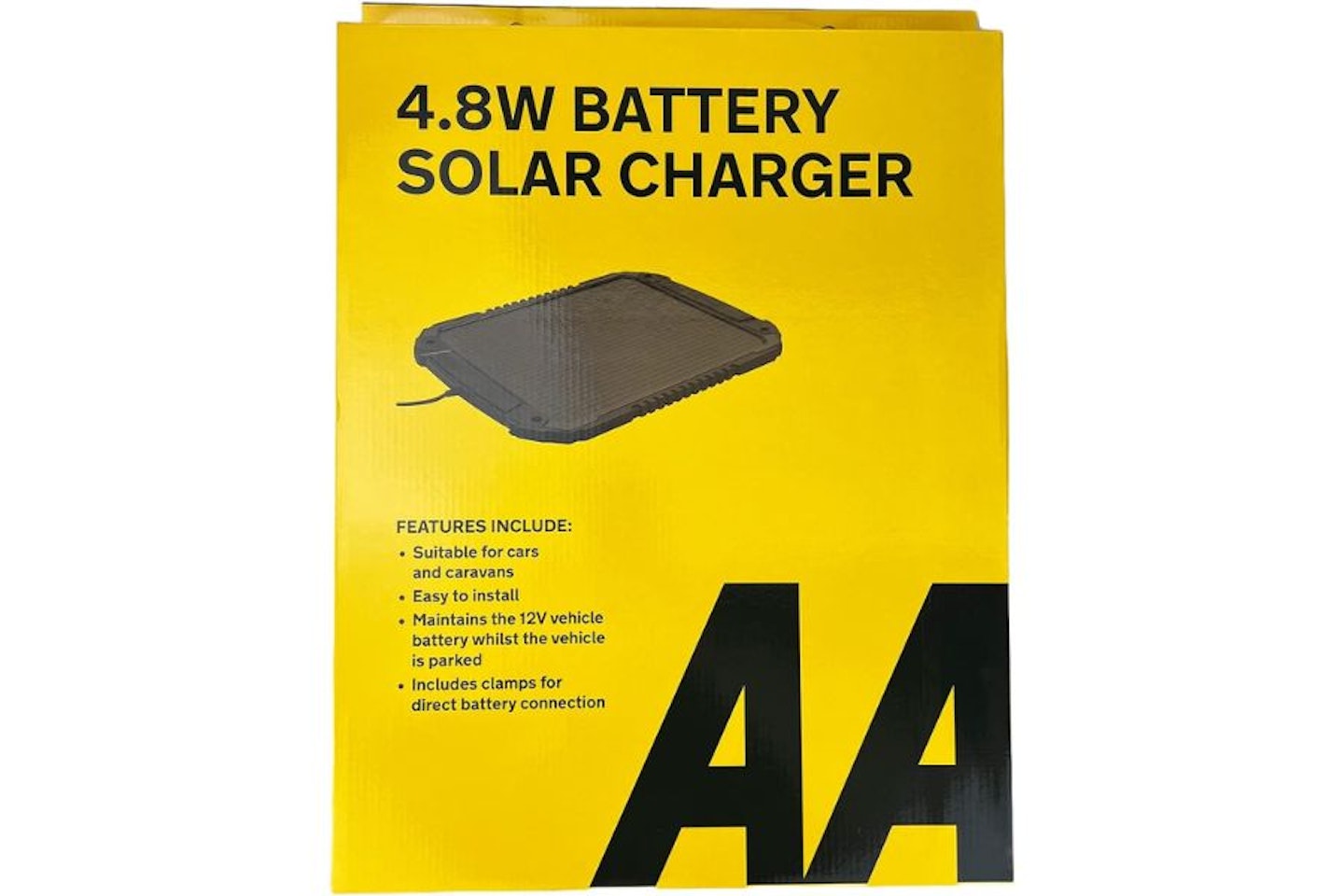 Via AA
Via AAThis AA 12v solar trickle charger is affordable and can be used on most vehicles - from cars to motorhomes to boats. It won't replace a standard battery charger, but it is ideal for providing a slow trickle charge to keep your battery healthy and well-maintained.
It can be connected via the alligator clips directly onto the battery terminals, or if you have access to your car's EOBD port, it can be connected that way. Of course, it goes without saying that the solar panel will need access to direct sunlight.
Pros
- No mains connection required
- Ideal for trickle charging
Cons
- Solar panel need direct sunlight
On sale
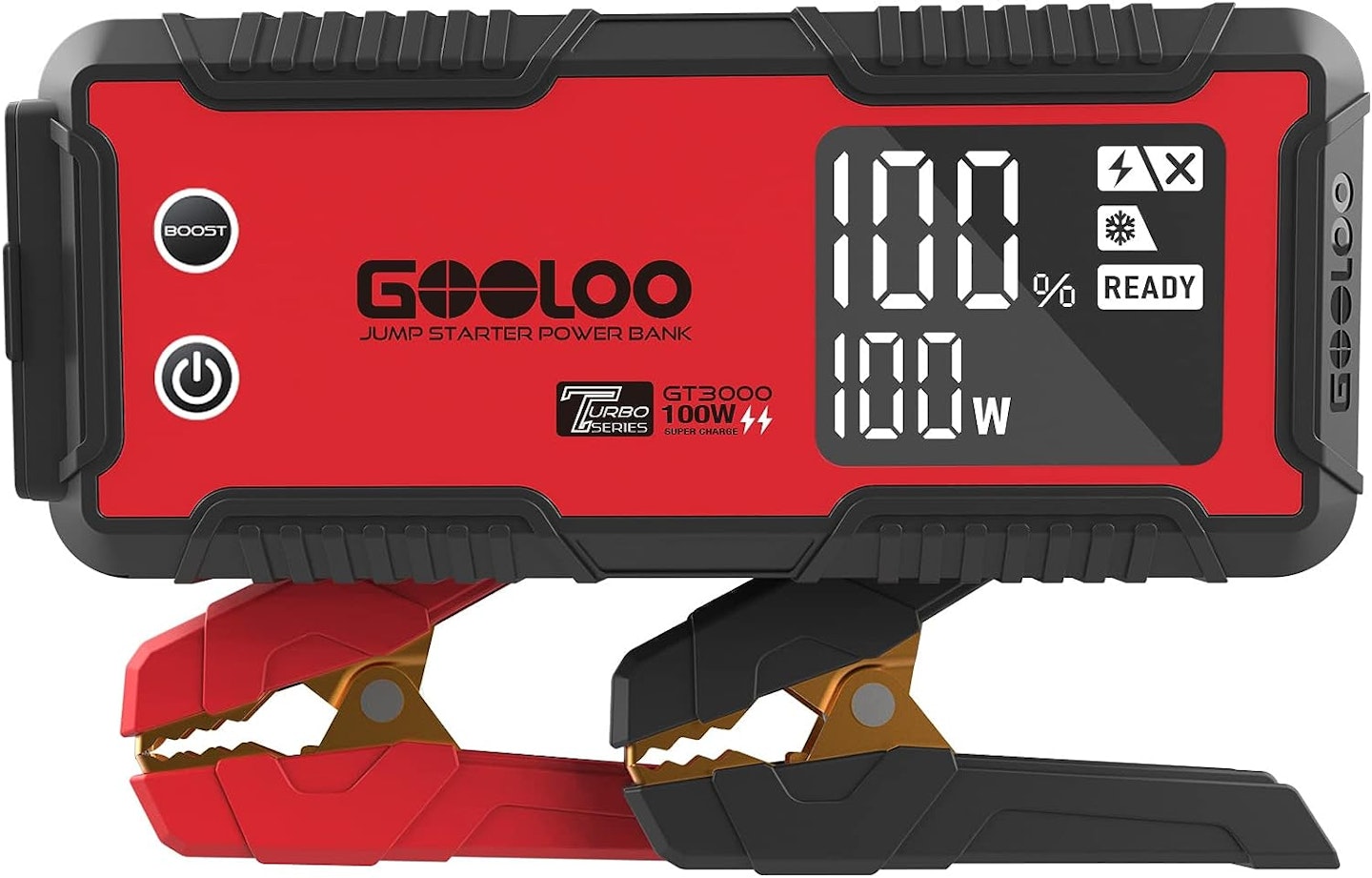 Via GOOLOO
Via GOOLOOLike the NOCO above, the Gooloo GT3000 Jump Starter is compact enough to fit easily in a car's glovebox. There's a display which allows you to monitor the battery status, there's a handy LED light should you have to do any work in the dark, and it doubles up as a power bank. If you have a larger engine - no problem, the Gooloo has plenty of power to tackle eight-litre diesel units and petrol engines of up to 10 litres.
Pros
- IP65 weather rating
- Very compact
Cons
- Instructions could be better
| Weight | 0.49kg |
| Dimensions | 16.4cm (L) x 8.6cm (W) x 3cm (H) |
| Max engine capacity | 3.0-litre |
| Amps | 600A |
| Flashlight | Yes |
The different types of battery charger
Traditional chargers
Provided the battery hasn't been drained to the point of damage, you can recharge it with a mains-powered charger. This is often the most traditional technology you'll find, fundamentally unchanged for decades, so there are cheap, robust options. For the small amount extra it costs to get a more sophisticated charger with a boost function, there's little reason to skimp here. Chances are, if you've got a battery flat enough to need charging, you'll benefit from the jump-start, too.
Battery booster
Traditional jump packs are a little more sophisticated than a car battery in a little box. Yes, you can jump a car from another battery, but doing so has become riskier as more sophisticated electronics proliferate. However, another battery is heavy, bulky and a bit of a faff. Modern micro technology has led to the creation of pocketable power packs that can charge your smartphone or jump-start your car. These are really only suitable for emergency use, but with the advantages of replenishing USB devices and quickly recharging from your car's 12V socket or USB. They take up no more space than an owner's manual; they're also really easy to carry about for emergencies. The downside of the portable nature is that the clamps and cables can be quite flimsy. But for occasional use, it's not a biggie.
Connecting your car battery charger: A guide
As cars have become more sophisticated, they've also become more sensitive to fluctuations in voltage. When attaching a charger, you should connect the positive to the positive battery terminal whether using clamps or a quick-connect cable. The earth should be connected to the car bodywork or engine at a suitable point – not the battery itself. This ensures any voltage monitoring circuits are 'aware' of the battery status. Always connect with power off, then switch power on to the charger. On older tech, it avoids sparks; on newer tech, it allows time for the electronics to optimise the charging programme. You can also avoid poor connections and make it easier to disconnect and drive by using the manufacturer's extension cables and permanent attachments – a very convenient way of keeping infrequently used cars ready to go.
Aaron Hussain is a commercial content writer at Bauer Media writing for Parkers and CAR. He is obsessed with classic cars and anything with a fascinating story to tell.
